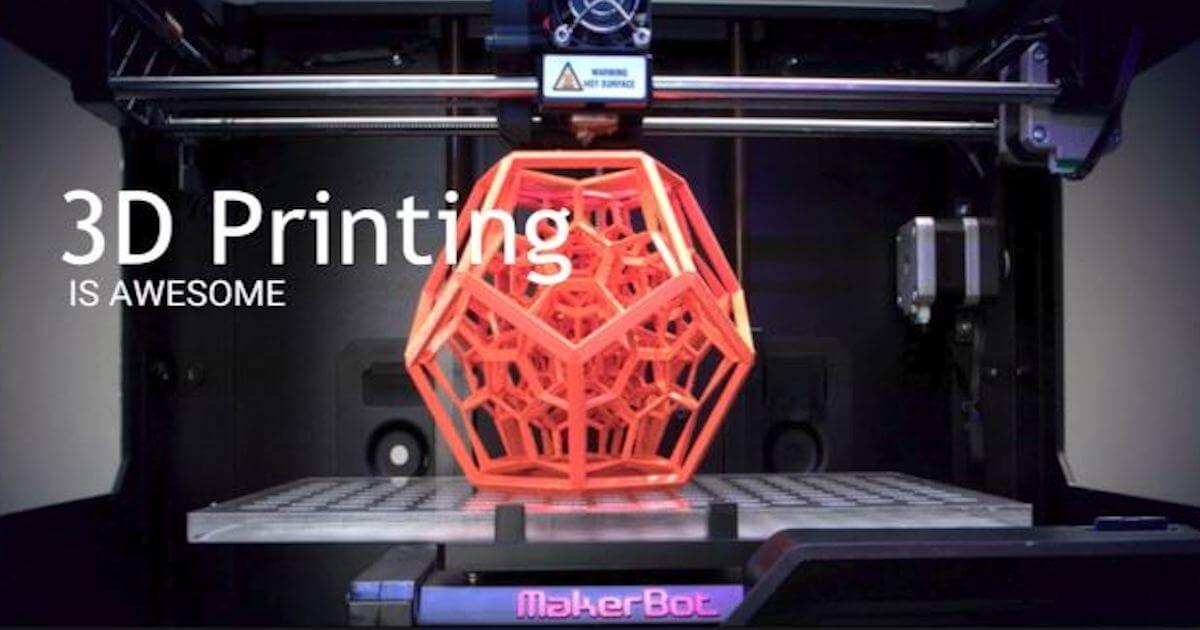Recognize this? Star Trek's Food Replicator!
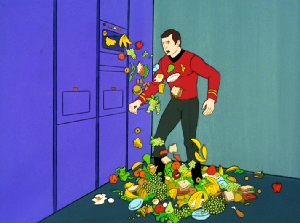
Photo Credit: Huffy Girl
Well, the idea that can actually make it happen - 3D printing - has been around for a while. We'll share a little timeline for you.
1983 - The year that Charles 'Chuck' Hull invented stereolithography (the first method of 3D printing which involves curing a photo-reactive resin with a laser on a platform that submerges itself in said resin).
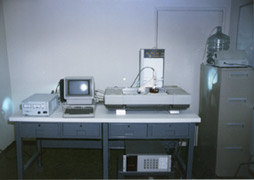
Photo Credit: 3D Systems.
Late 1980s - Fused Deposition Modeling (FDM) was developed by S. Scott Crump. In fused deposition modeling the model or part is produced by extruding small beads of material which harden immediately to form layers. After Crump's patent expired this method of 3D printing took off with open source, commercial and DIY enthusiasts. Fused deposition is the current standard for most noncommercial 3D printers.
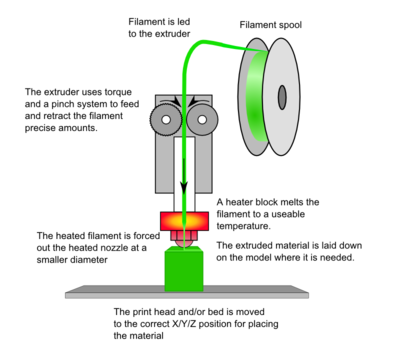
Photo Credit: Reprap
The Present: Now the prices are dropping, and 3D printers for home use might soon be realistic. Imagine being able to download and print things you need, such as a replacement part for your dishwasher, new knobs for cabinets and drawers that all match, cups, bowls, utensils, new cell phone case, the possibilities are endless.
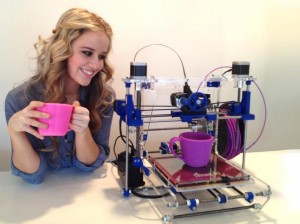
Photo Credit: Air Wolf
The Future: For space exploration (for example) to be sustainable we need 3D printers that can perform well in zero gravity, and the things they make need to be able to be reprocessed into new filament. The number of tools and replacement parts needed to sustain long term space travel would weigh your spaceship down considerably, so why not store them digitally for on-demand fabrication?
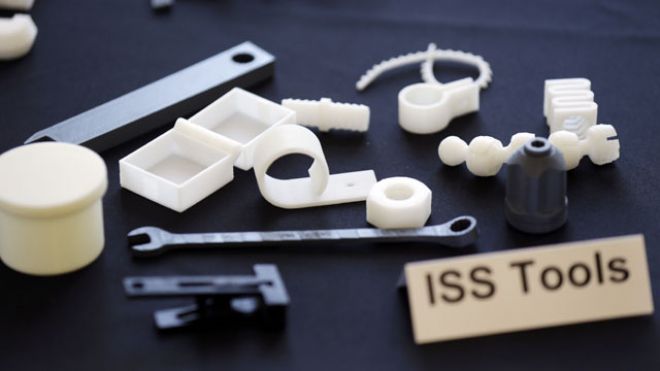
Photo Credit: Fox News. Eduporium has started to offer 3D printers in our store! Keep an eye on our growing selection below.



